Garmin Venu 2 Plus vs. Vivoactive 4
The new vs. the old.
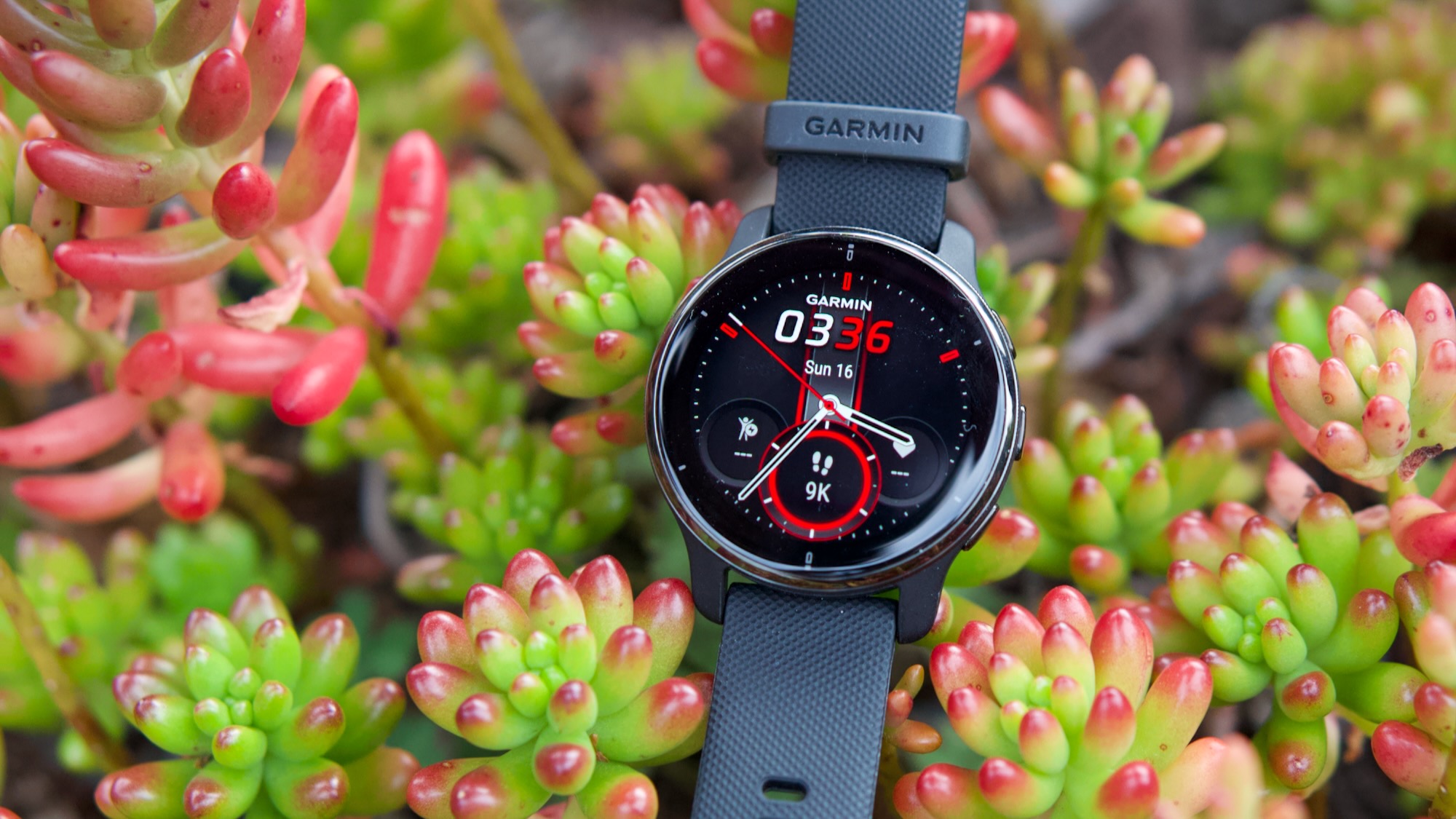
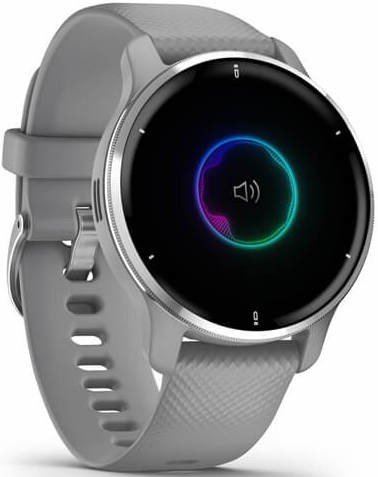
Keep in touch, and in shape
The Garmin Venu 2 Plus might be on the expensive side when it comes to smartwatches, but it has pretty much every feature under the sun you could possibly want. In addition to its focus on fitness, it also allows you to make calls and reply to messaged right from your wrist, making it great for both fitness and productivity.
Pros
- Make calls from your wrist
- Great battery life
- Lots of health and wellness features
Cons
- Expensive

Serious fitness companion
The Garmin Vivoactive 4 is almost three years old now, but it's still a viable option when it comes to smartwatches and fitness tracking. Because it isn't a newer model, you can also grab it for a steal, especially considering all the features it comes with. If you're willing to forego having the latest and greatest, you won't be disappointed.
Pros
- Sports a classic design
- It's pretty affordable
- Follow along with on-screen workouts
- Build your own workout sets
Cons
- No call replies
- Outdated model
- Display isn't as nice
- Slightly clunkier design
If you're looking to get into the world of fitness tracking and smartwatches, there's little doubt that Garmin should be one of the top brands worth considering. The company has a wide range of smartwatches for all types of users, with models designed specifically for runners, golfers, and those looking to work on their everyday fitness, health, and wellness. Two of the top-line models worth considering are the Garmin Venu 2 Plus and the Garmin Vivoactive 4, which are comparable in many ways. But they have their differences.
For one, the Garmin Venu 2 Plus is a newer model released in January 2022, while the Garmin Vivoactive 4, which is still a solid option, was released back in late 2019. Let's dig deeper to find out if you should opt for the latest and greatest, or can save a few bucks and go for the older model watch.
Garmin Venu 2 Plus vs. Vivoactive 4: How do they look?
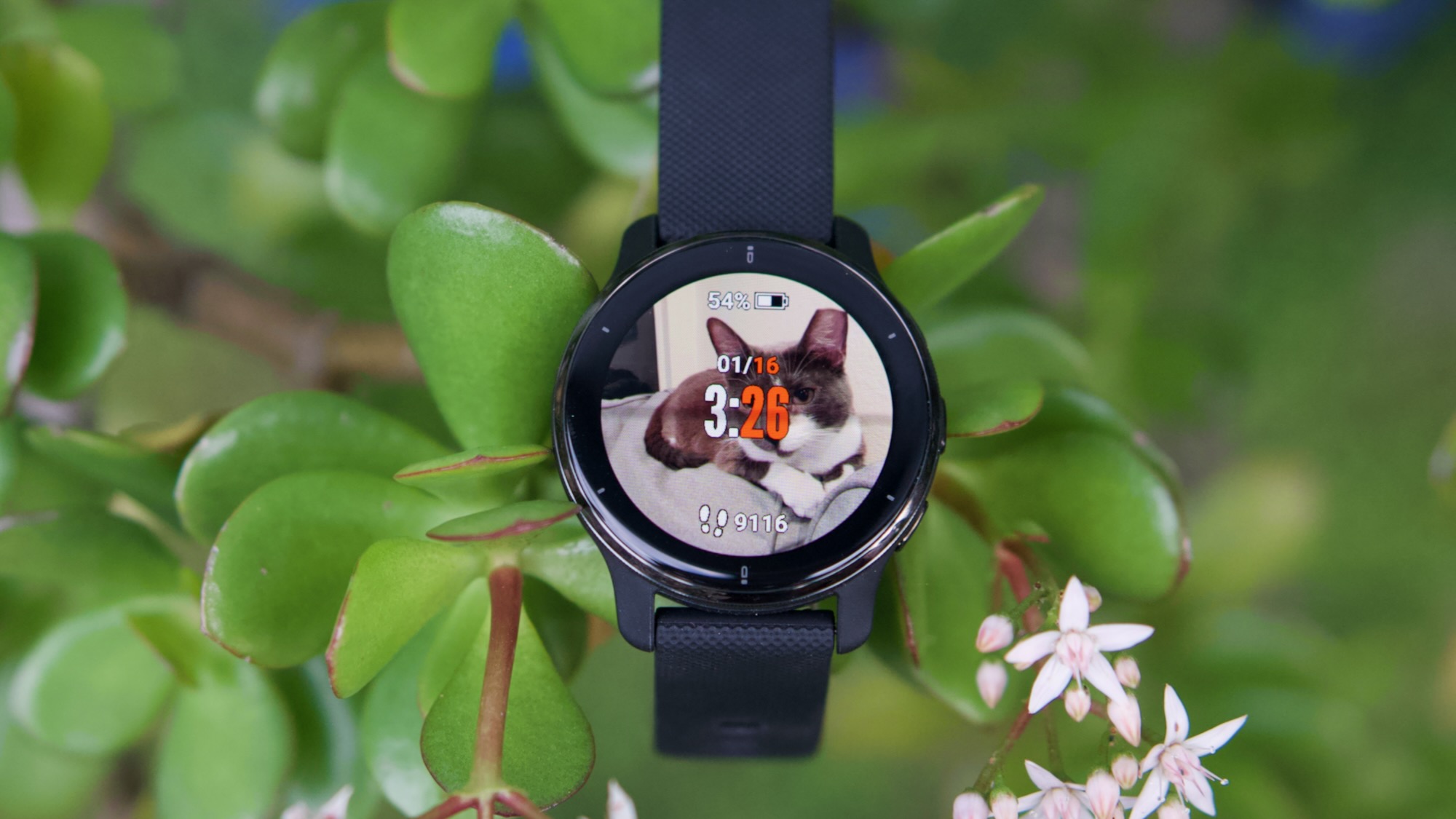
From a purely aesthetic perspective, these two watches both have round faces; but the Garmin Venu 2 Plus employs a sleeker, more stylish look, while the Garmin Vivoactive 4 sports a much, well, sportier design. Indeed, the latter is slightly bigger and thicker.
The Garmin Venu 2 Plus has a gorgeous 1.3-inch AMOLED screen with a favorable 416 x 416 resolution, viewable in even direct sunlight, along with three band size options, which will be appreciated for those who find 40mm too small and 45mm too large. It has three buttons on the sides for easily navigating through menus on screen, including a third button for a customizable shortcut. It also comes in four color options ranging from your basic black or silver, to a more feminine cream gold and ivory.
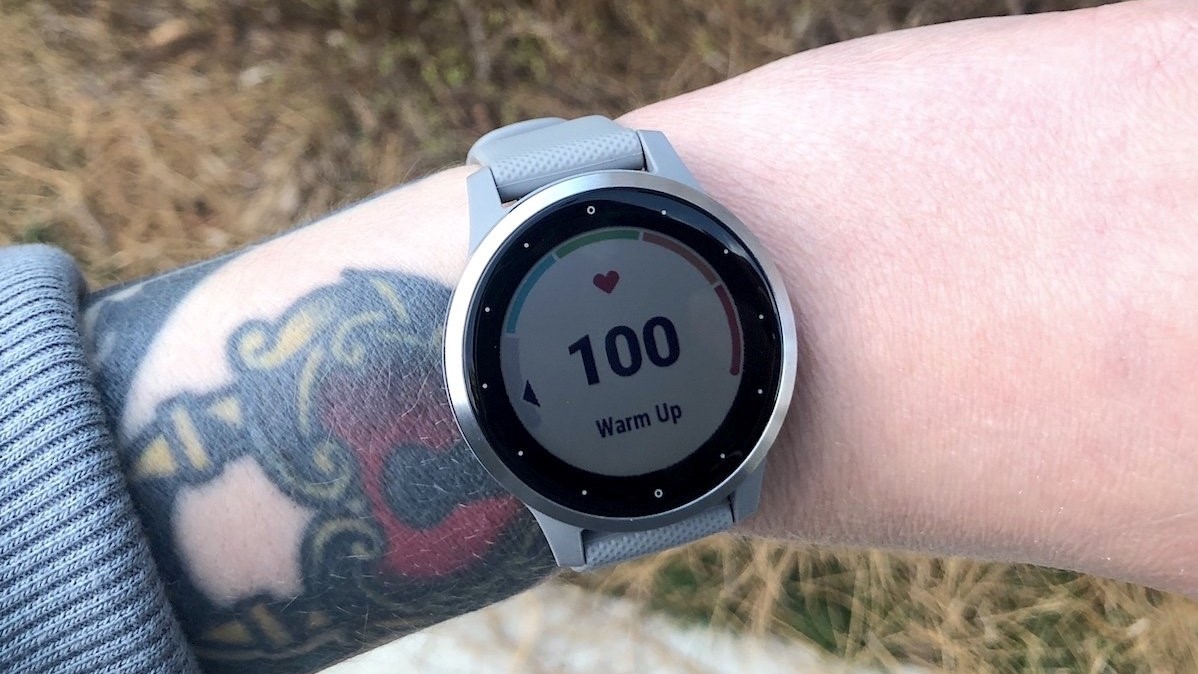
By contrast, the Garmin Vivoactive 4 has the same 1.3-inch screen, but it's a transreflective Chroma display with lower resolution at 260 x 260. This means you won't get that same sharp text and brightness as you would with the Venu 2 Plus. Both, however, are made from durable Corning Gorilla Glass 3. The Garmin Vivoactive 4 only comes in 40 and 45mm band sizes and two basic color options, making it the more functional of the two watches. This isn't a fashion statement watch, but a watch you want if you're serious about your fitness and want everyone to know it.
Both are water-resistant, rated so you can safely swim, take a shower, wash dishes, or walk in the rain or snow with them.
When it comes to battery life, you'll also get slightly more with the Garmin Venu 2 Plus, which is rated at up to nine days in smartwatch mode, 24 hours in GPS mode, or eight hours in GPS mode with music. It also has a rapid recharge option, so you can charge it up for about 10 minutes to get an extra day in smartwatch mode or hour of GPS with music — just enough for a quick gym session or morning run. The Garmin Vivoactive doesn't support quick charging (though it will charge fairly quickly) and offers a day less of battery life at eight, along with two hours less in GPS mode with music at six. It's a slight difference but for those who want to recharge as infrequently as possible, this might matter.
Get the latest news from Android Central, your trusted companion in the world of Android
Both, however, allow for swapping in replacement bands as needed and customizing the face to your liking using a variety of watch face options from the Garmin Connect IQ store. You can use the store to download not only custom watch faces, but also add various data fields so you can focus on the information that is most important to you. You can also get apps and widgets for both smartwatches from the app store.
Garmin Venu 2 Plus vs. Garmin Vivoactive 4: By the numbers
Looking deeper, here is how the two smartwatches compare on the core specs.
| Header Cell - Column 0 | Garmin Venu 2 Plus | Garmin Vivoactive 4 |
|---|---|---|
| Screen | 1.3-inch AMOLED | 1.3-inch Chroma Display |
| Screen Resolution | 416 x 416 | 260 x 260 |
| Connectivity | Bluetooth, ANT+, Wi-Fi | Bluetooth, ANT+ (optional), Wi-Fi |
| Swimproof | 5ATM | 5ATM |
| Colors | Silver/Gray, Slate/Black, Cream Gold/Ivory | Silver/Shadow Gray, Slate/Black |
| Band Sizes | 40, 43, 45mm | 40, 45mm |
| Interchangeable Bands | Yes | Yes |
| Battery Life | Up to 9 Days (24 Hours with GPS, 8 Hours with GPS + Music) | Up to 8 Days (18 Hours with GPS, 6 Hours with GPS + Music) |
| Rapid Recharge | Yes | No |
| Smart Notifications | Yes | Yes |
| Music Storage | Up to 650 Songs | Up to 500 Songs |
| Built-in GPS | Yes | Yes |
| Voice Assistance | Yes | No |
| Phone Compatibility | Android, iOS | Android, iOS |
| Size | 43.6 x 43.6 x 12.6mm | 45.1 x 45.1 x 12.8mm |
It's clear that Garmin worked hard to offer some updated features for the Garmin Venu 2 Plus to justify its price and combine with its sleeker look. It comes down to whether these upgrades are worth the extra dough for you.
Garmin Venu 2 Plus vs. Vivoactive 4: Focusing on fitness

Both these smartwatches are ideal options for helping you along your fitness journey. When it comes to the Garmin Venu 2 Plus, it comes with 25 pre-loaded sports apps to easily start a workout, whether it's just your morning walk, an afternoon bike ride, or a game of golf. With built-in GPS, you can also track and log your routes without having to bring the phone with you if you want to leave it at home.
Animated on-screen workouts can come in handy when you're in a hotel room, for example, and just want to get a quick routine in, or even at the gym to guide you through some cardio exercises. Leverage the Garmin Coach to get a personal, virtual coach right on your wrist to provide that extra guidance and motivation to achieve your fitness goals.
With advanced strength training, you can also get detailed feedback for your workouts, like intensity minutes (including when you earned them and during which activity), and what muscles you worked. A Health Snapshot feature will have you do a quick two-minute session and assess data like your heart rate, heart rate variability, oxygen saturation, respiration, and stress to provide detailed analysis that you can review in the Garmin app.
Choose from more than 1,600 exercises with the Garmin Venu 2 Plus, including popular ones like HIIT workouts, with the ability to track the rounds and intervals between them. You can also build a custom workout as you progress. You can also view useful information like Body Battery, which will assess your performance and vitals over time and advise you when it's the best time to work out so you can get the best results. You'll also get a Fitness Age that uses your actual chronological age along with weekly activity, resting heart rate, and BMI or body fat percentage, to let you know what your fitness age is in relation to your real one.

You'll get many of the same features with the Garmin Vivoactive 4, including lots of pre-loaded sports apps (20 versus 25 with the Venu 2 Plus), on-screen coaching with animated videos, and the personal running coach via Garmin Coach. However, the experience when it comes to on screen won't be as nice as with the Garmin Venu 2 Plus given the lower-resolution, non-AMOLED screen. If you plan to use Garmin Coach and on-screen workouts, you might find it worthwhile to spend a bit extras for the Garmin Venu 2 Plus.
You get Body Battery monitoring, and can also use Garmin Connect to download your own workouts with the Garmin Vivoactive 4. However, you don't get the Health Snapshot feature, which is a useful addition for those looking to reach a specific goal. Being able to run one of these tests every few months or even weeks to monitor changes can be a really motivating factor. You also won't get some of the newer workouts, like HIIT, AMRAP, EMOM, and Tabata.
With both, you get the basics that have become common features among all Garmin smartwatches, like women's health tracking, hydration tracking, heart rate tracking, stress tracking, respiration tracking, Pulse OX sensor, advanced sleep monitoring, and mindful breathing exercises.
The Garmin Venu 2 Plus adds Sleep Score data, along with the advanced sleep monitoring that gives you deep insight into not only the duration, but also quality of sleep. The Sleep Score will let you know if, based on all the numbers and data collected, you had a good night's sleep, excellent, or poor.
Bottom line: When it comes to fitness tracking, you get all the basics with both smartwatches. But the Garmin Venu 2 Plus really amps it up with some added features that will appeal to those who are serious about the work they are putting in. If you do HIIT workouts and want a watch to keep track of the intervals and rep timing, the added functions with the Venu 2 Plus might be worth it alone. And for on-screen coaching, the AMOLED screen of the Garmin Venu 2 Plus is a delight. But as a standard workout companion for basic running, cardio, weight training, and more, the Garmin Vivoactive 4 is more than sufficient to meet your needs.
Garmin Venu 2 Plus vs. Vivoactive 4: More than just fitness
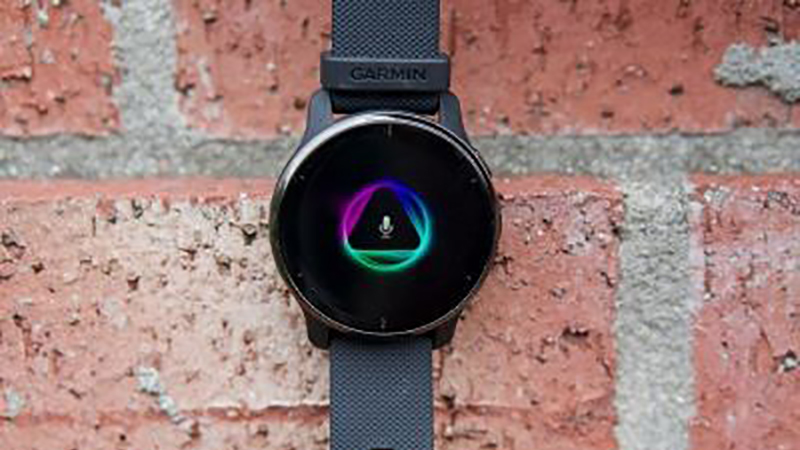
For some, a smartwatch is more than just a fitness companion: it's also a wristwatch replacement and a productivity tool. This means you'll want it to display smart notifications, which most smartwatches do these days, the time (of course), and maybe even work with some apps.
When it comes to additional features, the Garmin Venu 2 has plenty. Most notable, however, is the addition of voice assistant support that allows you to answer/end an incoming call from a connected smartphone right from your wrist. It works with Google Assistant, Apple Siri, and Samsung Bixby, and can even work for replying to text messages without having to rifle around for your phone. If you are using a compatible Android phone, you can also send a predefined reply, such as "I'll call back later" or "in a meeting." The voice assistant support also works for controlling compatible smart home devices.
You still need your phone to be nearby for the feature to work. But if you're out for a run with your phone in an armband, for example, being able to quickly reply to let your spouse know you'll be home in a few minutes or give your team a quick answer to a critical question, it's a worthwhile feature. With this said, in his review, Android Central's Michael Hicks did find the call speaker to be a bit quiet.
Speaking of when you're out for a gym, or sweating away at the gym, the Garmin Venu 2 Plus can store up to 650 songs, so you can leave your phone in the gym locker or back home or stream from Spotify, Deezer, and Amazon Music when your phone is nearby and connected.
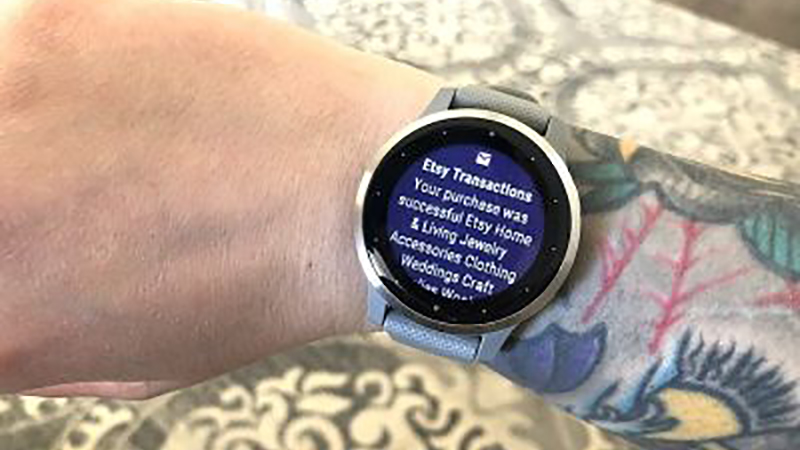
The Garmin Vivoactive 4 does not include any voice assistance support, but it does have music streaming support with the same three services, along with storage for up to 500 songs. This isn't a huge difference, but if you go for long runs daily, or workout every day and want to be able to have as big a variety of music as possible, without your phone on hand, the extra 150 song storage could be a deal-breaker.
Both offer app support through the Garmin IQ store and app, and work with mobile payments, so you can pay for items at compatible terminals right from your wrist when you connect a credit or debit card to Garmin Pay. Some popular apps include Starbucks, Lyft, Strava, and more.
One more feature worth noting: Both have safety and tracking features that allow you to send your live location to preselected contacts should there be an emergency, like a fall, or if you are walking alone and feel unsafe.
Garmin Venu 2 Plus vs. Vivoactive 4: Which should you get?

Usually, it would be a no-brainer to opt for the newer of two products, especially when it comes to tech. Companies build on and improve products with each new version. With that said, given the massive delta in price between these two smartwatches, it's easy to wonder if it's "worth it" to opt for the newer of the two when looking at the Garmin Venu 2 Plus vs. Vivoactive 4.
The simple answer is yes… if you'll use the upgraded features. The screen on the Garmin Vivoactive 4 is by no means unpleasant, and can even be read in direct sunlight. But looking at them side-by-side, the Garmin Venu 2 Plus screen is far brighter. This might be appreciated for those who tend to use features like on-screen animated workouts and coaching, or like to view their stats on the wrist. If you find you often look to the Garmin Connect app to review stats instead, this might not matter.
Design-wise, the Garmin Venu 2 Plus is the overall nicer looking of the two, easily matching for both fitness and a night on the town. The Garmin Vivoactive 4 might stand out more and look a bit clunkier for some. The Garmin Vivoactive 4 looks like a smartwatch, while the Garmin Venu 2 more resembles a wristwatch.
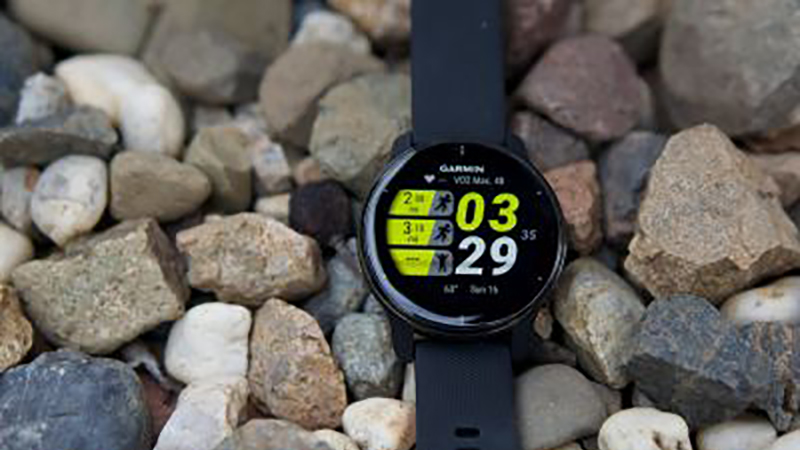
The voice features, including being able to answer/end calls and reply to messages right from your wrist, could be the feature that sways you towards the Garmin Venu 2 Plus if you're someone who's constantly connected and wants to be so on the go, at all times.
You do get more guidance with the Garmin Venu 2 Plus through features like the Health Snapshot, fitness age, and advanced sleep scores. But you're also paying a pretty penny for it. The slightly longer battery life, plus rapid recharge options, are a huge bonus as well.
Bottom line: If you think will you make use of and appreciate the upgrades, wait a little, save up a bit more, and go for the Garmin Venu 2 Plus. It's the nicer looking of the two smartwatches, and as the newer model of the two, you'll get the latest and greatest features. Plus, the screen is much nicer.
If you are simply looking for a decent workout companion that boasts premium features, the Garmin Vivoactive 4 is no slouch. In her review, Android Central's Courtney Lynch called it a "perfect mid-range watch" and says it will be "an ideal smartwatch for most people." In fact, we still name it among the best smartwatches for fitness that you can buy. It might be a few years old, but it still has a lot of life left in it.

Latest and greatest
The Garmin Venu 2 Plus not only has more features than the Garmin Vivoactive 4, it also looks nicer with a sleeker face and higher resolution AMOLED screen. Plus, with additions like rapid recharge, voice assistant support, Health Snapshot, and more, it's worth the extra bucks.

Save some bucks
You won't get a couple of the newer health and wellness features, lose a day in battery life, have a lower resolution screen and a slightly chunkier design. But the Garmin Vivoactive 4 still remains one of the best smartwatches you can buy, with Garmin's solid reputation behind it. And the value for money can't be beat.

Christine Persaud has been writing about tech since long before the smartphone was even a "thing." When she isn't writing, she's working on her latest fitness program, binging a new TV series, tinkering with tech gadgets she's reviewing, or spending time with family and friends. A self-professed TV nerd, lover of red wine, and passionate home cook, she's immersed in tech in every facet of her life. Follow her at @christineTechCA.
